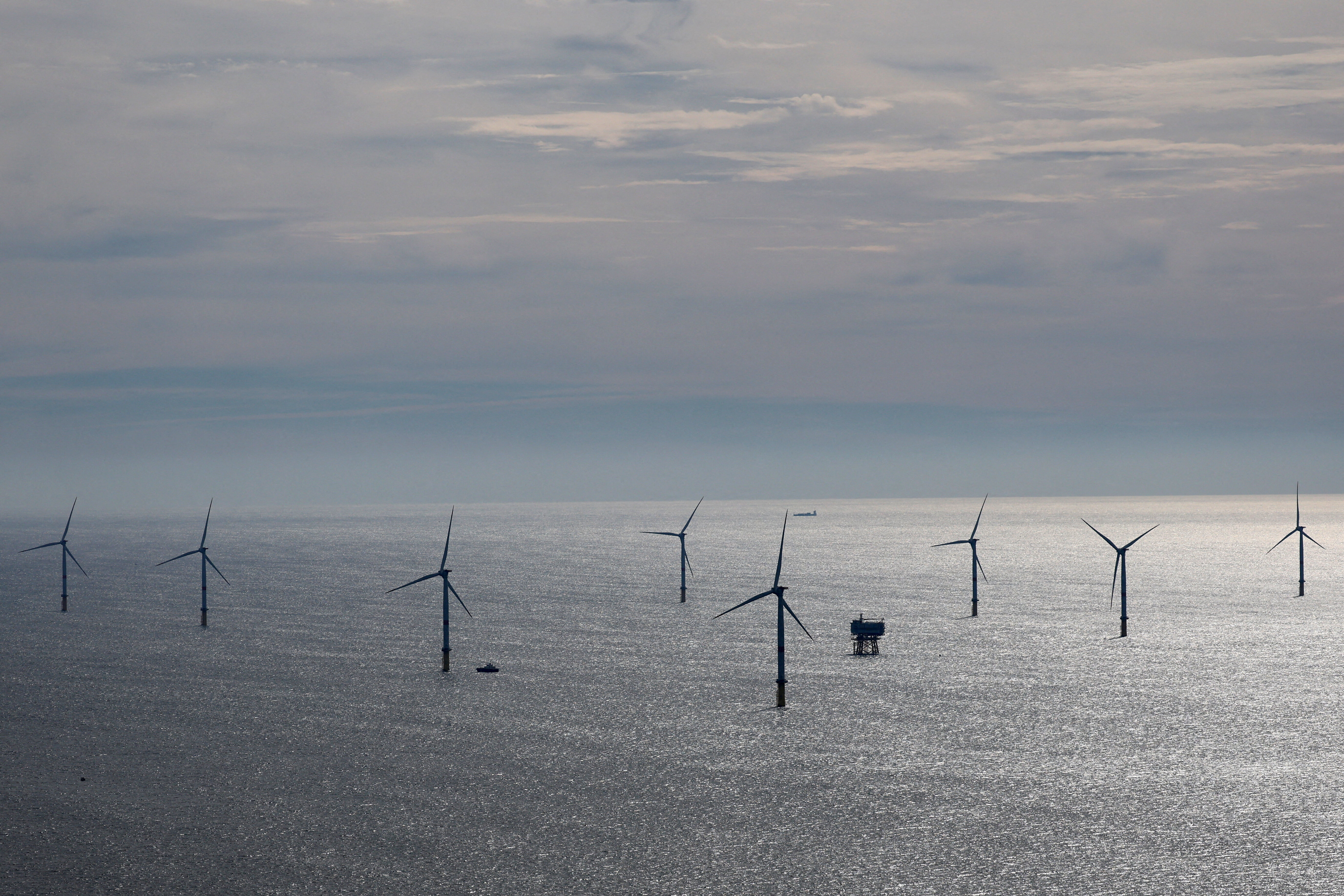Does technology make jobless growth inevitable?

Ever since the industrial revolution, humans have been ambivalent about technological progress. While new technology has been a major source of liberation, progress, and prosperity, it has also fueled plenty of agony – not least owing to the fear that it will render labor redundant.
So far, experience has seemed to discredit this fear. Indeed, by boosting productivity and underpinning the emergence of new industries, technological progress has historically fueled economic growth and net job creation. New innovations accelerated – rather than disrupted – this positive cycle.
But some are claiming that the cycle is now broken, especially in technologically savvy countries like the United States. Indeed, machines are becoming smarter, with innovations like advanced robotics, 3D printing, and big data analytics enabling companies to save money by eliminating even highly skilled workers. As a result of this “productivity paradox” (sometimes called the “great decoupling”), jobless growth is here to stay. We can no longer take human prosperity for granted, however rosy the aggregate indicators for profitability and GDP growth may be.
But are we really in the throes of a Frankenstein’s dilemma, in which our own creations come back to haunt us? Or can we beat the productivity paradox by harnessing the power of machines to support development in ways that benefit more than the bottom line?
There is good reason to be optimistic. Many countries – even technologically savvy ones – can still benefit from the self-reinforcing cycle of technological advancement, rising productivity, and employment growth. Luxembourg, Norway, and the Netherlands – three innovative and capital-intensive economies that regularly appear in the upper quartile of productivity per hour and employment, according to OECD data from 2001-2013 – are prime examples.
Cynics will suspect that Luxembourg and Norway have managed to sustain this dynamic only because of their peculiar economic structures (a concentration in finance in the former, and in natural resources in the latter). So let’s consider the Netherlands, which stands out as the only country that recently has appeared in the upper quartile not only in productivity and employment, but also in labor-market participation.
The Netherlands has been a champion of innovation, gaining a fifth-place ranking in the recent INSEAD Global Innovation Index. A striking 85% of large Dutch firms report innovative activities, while more than 50% of all firms are “innovation active.” Dutch firms are also world patent leaders; Eindhoven, the hometown of the electronics company Philips, is the world’s most patent-intensive city.
So what is the Dutch secret for ensuring that technological progress benefits all?
The Netherlands seems to be undergoing a sort of industrial revolution in reverse, with jobs moving from factories to homes. The Dutch labor market has the highest concentration of part-time and freelance workers in Europe, with nearly 50% of all Dutch workers, and 62% of young workers, engaged in part-time employment – a luxury afforded to them by the country’s relatively high hourly wages.
Many young Dutch work part-time as schoolteachers. But a more lucrative – and common – source of part-time employment in the Netherlands is the subcontracting of “white collar” services. Highly skilled or specialized workers sell their services to a wide range of businesses, supplementing the work of machines with human value-added activity.
Another key to the Netherlands’ success is entrepreneurship. In 1990-2010, self-employment rates fell across the OECD countries, with business ownership in the US, for example, having declined rapidly since 2002. In the Netherlands, however, business ownership has grown steadily since 1992, reaching 12% of the labor force in 2012. Almost 70% of Dutch business owners were exclusively self-employed in 2008.
To be sure, rates of business ownership and self-employment are also high in low-income countries like Mexico. But the Netherlands is much wealthier, and boasts high levels of per-hour productivity, employment, and participation – largely owing to its flexible and adaptive labor market.
In short, the Netherlands has restructured its economic value chain to accommodate a new division of labor between humans and machines, embracing new kinds of economic activity – especially part-time work and solo entrepreneurship – to balance human needs with technological advances. In doing so, it has highlighted the importance of “enterprising skills” – including creativity, entrepreneurship, leadership, self-management, and communications – in enabling humans to keep pace with technology.
Machines may be reaching new heights of intelligence, but they are no match for human resourcefulness, imagination, and interaction. This is a lesson that countries would do well to learn from the Dutch.
This article is published in collaboration with Project Syndicate. Publication does not imply endorsement of views by the World Economic Forum.
To keep up with the Agenda subscribe to our weekly newsletter.
Author: Sami Mahroum is Academic Director of Innovation and Policy at INSEAD. Elif Bascavusoglu-Moreau is a senior research fellow at INSEAD’s Innovation and Policy Initiative.
Image: A competitor holds up one of his soccer-playing robots. REUTERS/Vivek Prakash.
Don't miss any update on this topic
Create a free account and access your personalized content collection with our latest publications and analyses.
License and Republishing
World Economic Forum articles may be republished in accordance with the Creative Commons Attribution-NonCommercial-NoDerivatives 4.0 International Public License, and in accordance with our Terms of Use.
The views expressed in this article are those of the author alone and not the World Economic Forum.
Stay up to date:
The Digital Economy
Related topics:
Forum Stories newsletter
Bringing you weekly curated insights and analysis on the global issues that matter.
More on Economic GrowthSee all
Rishika Daryanani, Daniel Waring and Tarini Fernando
November 14, 2025







